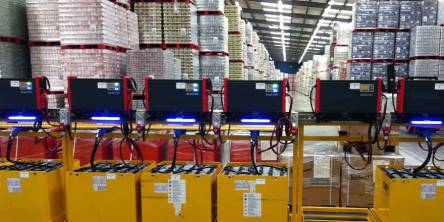Introduction to Advanced Ceramics
Advanced ceramics forms the foundation of machining and metal fabrication industry. These are also known as technical ceramics, industrial or engineering ceramics.
These have highly versatile and unique mechanical, thermal, electrical, and biochemical propertiesand used for a huge number of applications. Ceramics have a unique combination of properties, and by combining these, they are utilized for fabricating advanced components. Components made from advanced ceramic materials are becoming increasingly popular. Most of the conventional materials available cannot be overcome the unique properties offered by ceramics.
- High strength
- Hardness
- Low density
- High modulus of elasticity i.e. Stiffness
- Excellent Wear resistance
- Low Electrical conductivity
- Low thermal conductivity
- Excellent Refractory Material
- Good thermal stability
- Good corrosion resistance
These extraordinary properties of advanced ceramics have opened up a whole new world of development opportunities in a wide range of industries. There is a wide range of advanced ceramics such as Alumina, Silicon Carbide, Zirconia, and many, more. Each of these has their own particular performance characteristics and benefits. New materials are being developed in this field with new and more advanced applications. The techniques of manufacturing ceramics (shape forming, sintering) allow to produce ceramics with different sizes and shapes & cost efficiency.
Methods Used in Fabricating Ceramics:
- Machining of ceramics in the Pre-sintered state
Sintered ceramics are the hardest ceramic material. Advanced Ceramic is fabricated before the final sintering stage into the pre-sintered “bisque” state. Conventional machining methods such as milling, drilling, turning may be applied for the ceramic parts in the pre-sintered state. Shrinkage and warping of the ceramic
Example of Machining of ceramics in the Pre-sintered state:
- Titanium nitride
- Tungsten carbide
- Polycrystalline diamond (PCD)
2. Grinding of Ceramics
Grinding of ceramics is the most useful technique of machining in the sintered state. It involves material removal from the surface of workpiece with the help of a rotating abrasive wheel. The grinding zone is continuously flushed with a fluid coolant. This is helpful for cooling the grinding zone and in the lubrication of the contact between the wheels. This technique is very helpful to remove the micro-chips & debris produced while grinding the advanced ceramics such as tungsten and tantalum.
3. Laser machining of ceramics
Laser machining is performed with the help of strong, high power laser. This aids in melting the material by a supersonic gas jet.
The Following Machining Operation May Be Performed By Laser:
- Drilling
- Marking
- Cutting
- Scribing
The drawback of this method is that residual stresses and micro-cracks are formed at the edge as a result of the shrinkage of material. The very high laser energy density is required in this method for melting and Machining alumina. These micro cracks can be minimized by preheating of the ceramic workpiece to 1399ºC, prior to the laser machining. This is also helpful in reducing thermal stresses.
4. Ultrasonic Machining Technique:
Ultrasonic machining method uses the action of slurry containing abrasive particles. These particles flow between the workpiece and vibrating tools at an ultrasonic frequency. The tool is pressed to the workpiece at a constant load. The abrasive particles strike the ceramic workpiece and remove small ceramic debris fracturing from the surface.
Ultrasonic machining is used commonly for drilling operations. The main drawback of this method is low accuracy and high tool wear.
Uses of Advanced Ceramics
The Advanced ceramics are known for their remarkable properties and uses. They play a critical role in industries like manufacturing, defense, space exploration, electronics and telecommunications,.
- Sialons:
Sialons are made up of elements such as silicon (Si), aluminium (Al), oxygen (O) and nitrogen (N). These are a new addition to family of ceramic. They have excellent thermal shock resistance
2. Alumina
The is highly versatile ceramic and serves important uses in electronic industry. It displays a wide range of electrical properties from insulators to resistors to semiconductors. Machining of Alumina is done to form various grades of advanced ceramic structures. Ceramic Alumina is a good heat conductor. This allows the electronic systems to function efficiently.
3. Boron carbide:
This material has very high degree of hardness. These are used to design of body armours. Boron carbide (B4C) is extremely hard ceramic material used for forming bullet strikes the ceramic plate.
Similar Articles
When comparing flow control solutions, you may encounter the decision between manual butterfly valves and ball valves. Both types offer distinct advantages and play critical roles in various applications.
Many companies love Lean Manufacturing because it makes things better. It boosts productivity, makes quality top-notch, and saves money while speeding up production. Lean Manufacturing isn't a strict set of rules; think of it as an intelligent way of thinking. It's all about cutting out unnecessary stuff (the "8 wastes") and focusing on what customers want.
Whether you’re a business owner, a supplier, a client, or just an admirer of the oil industry, there’s one thing you have to admit - this industry is among the most interesting ones in the world, and it’s getting more and more interesting every single year
Although the terms "laser engraver" and "laser cutter" are often used in the same context, there are a few differences between them. People have a huge misconception regarding the functions of both terms. In the present world scenario, laser machines can cut as well as engrave single-handedly.
The manufacturing industry, much like a lot of other industries worldwide, has been subjected to a whole lot of changes over the past few years. The cause? Lots of them but primarily the rapid evolution of technology.
The metal industry implies a diverse range of processes, skills and tools to manufacture parts, objects and even large scale structures. With the emergence of modern metalworking tools, a product receives a high level of uniformity and specificity.
In this modern world, all new types of technologies are invented for the benefit of human beings. There are many new things that are used in both commercial and military purposes, and one of the examples is aerospace fasteners. The use of this technology has increased with the invention of the fasteners.
The concept of automating a warehouse has been in place for several years. There is an increased demand for an automated warehouse in recent years due to various reasons. The costs of land and labor have gone up, companies are handling huge deliveries, and consumer expectations are high.
To stay competitive in today’s world, you need to develop technologies that cause less environmental damage. Leading forklift charger manufacturers are then launching a larger number of environmentally-friendly trucks that provide the same efficiency to fulfill their customer’s requirements.

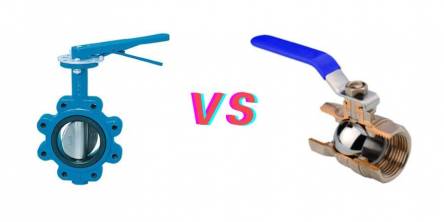
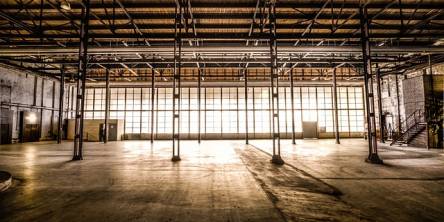

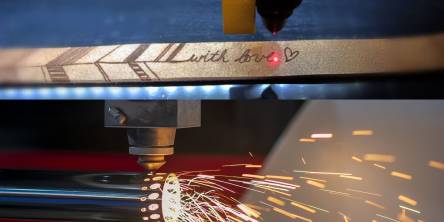
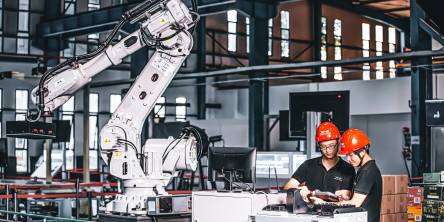
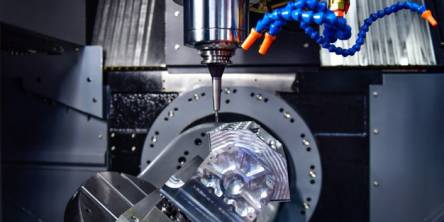
6b16.jpg)

